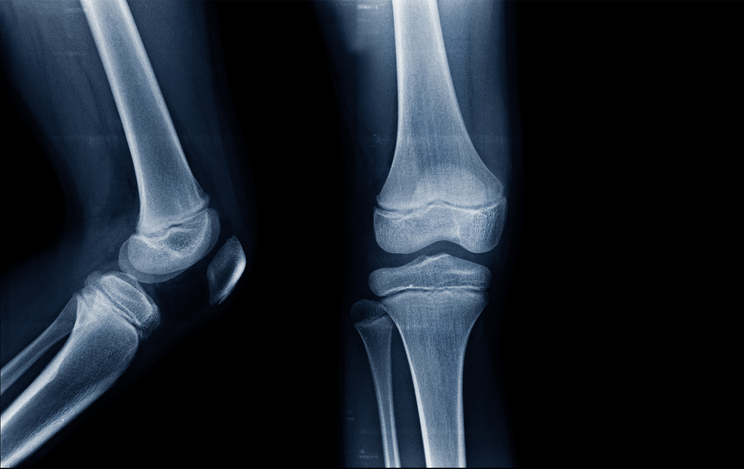NYC Growth Plate Injury Treatment
What are Growth Plate Injuries?
Growth Plate Injuries affect the developing tissue near the end of long bones in children and adolescents. Up to a third of all fractures treated in children are Growth Plate Injuries, as the growth plates are the weakest spots in a child’s skeleton and are more prone to injury than other parts of the body.
Growth plates allow bones to grow and lengthen as a child increases in size until they’ve completed their growth cycle (age 14 for girls, age 16 for boys). By the time they’ve reached this point, the cartilage that previously comprised their growth plates has become hardened bone.
Growth Plate Injuries are more likely to occur in boys than girls. Since a girl’s growth plates harden at an earlier age, they’re less vulnerable to injury than a boy’s at the same point in time. These types of injuries most commonly occur in the thigh bone, lower leg bones, outer forearm bone, ankle, foot, hip, and long finger bones.

What causes Growth Plate Injuries?
Aside from sex and age, few factors aside from physical activity make a child more or less likely to sustain a Growth Plate Injury. They may be more common for children involved in competitive athletic activities, for whom physical trauma is relatively common, but they can also occur during activities like biking or jogging.
How are Growth Plate Injuries treated?
Treatment for a Growth Plate Injury depends on its severity. A cast or splint is commonly used to immobilize the affected area and allow it to heal, followed by physical therapy and imaging to make sure the area has healed correctly. Bones or joints that have been moved out of place may be manually moved back into their proper position. If manual re-positioning isn’t possible, surgical options are usually available.
Schedule an appointment with a NYC Growth Plate Injury treatment expert
Make sure your child gets the care they need to heal from their Growth Plate Injury properly and return to the activities they enjoy. Schedule a consultation with one of our doctors now.

